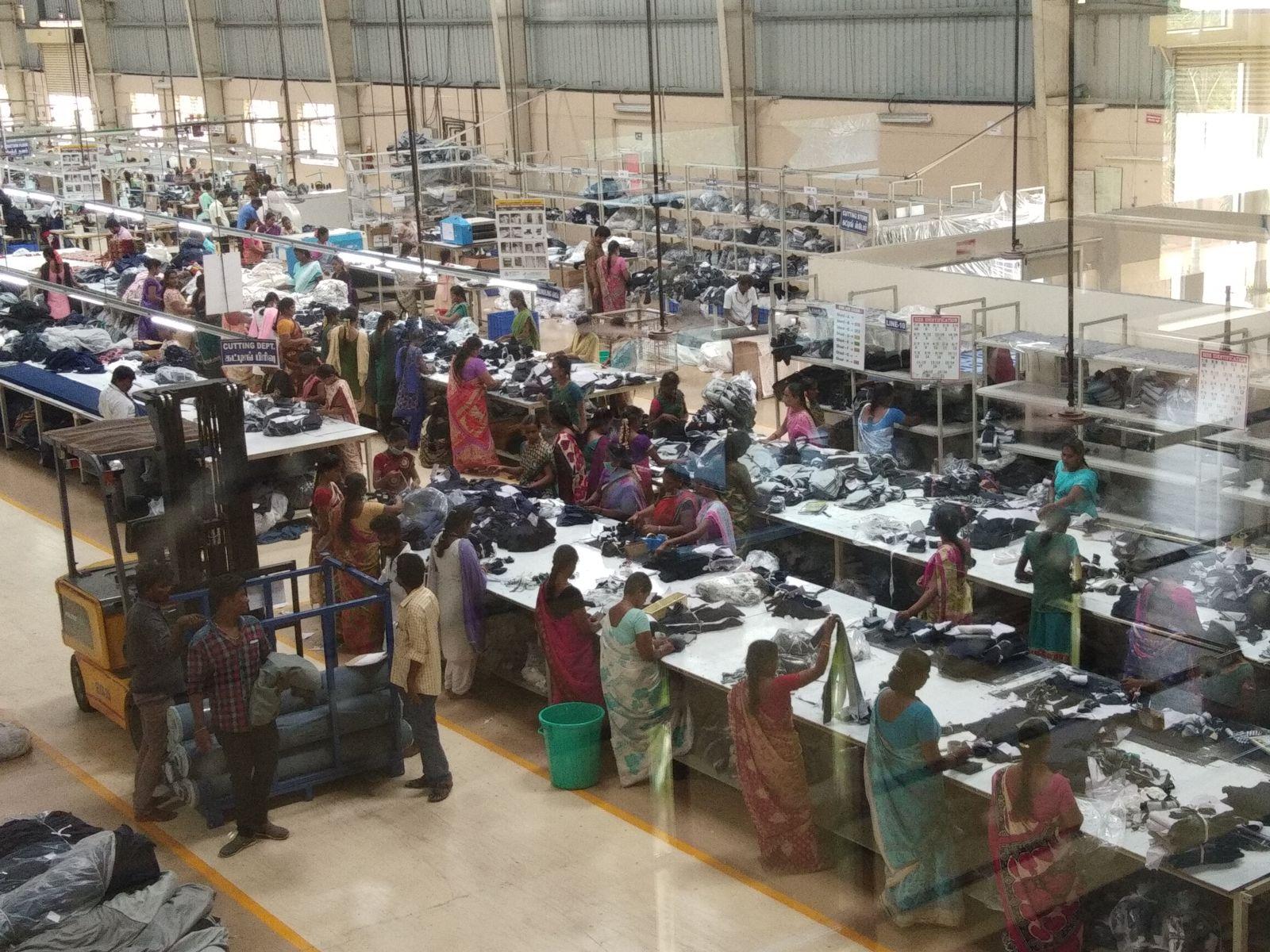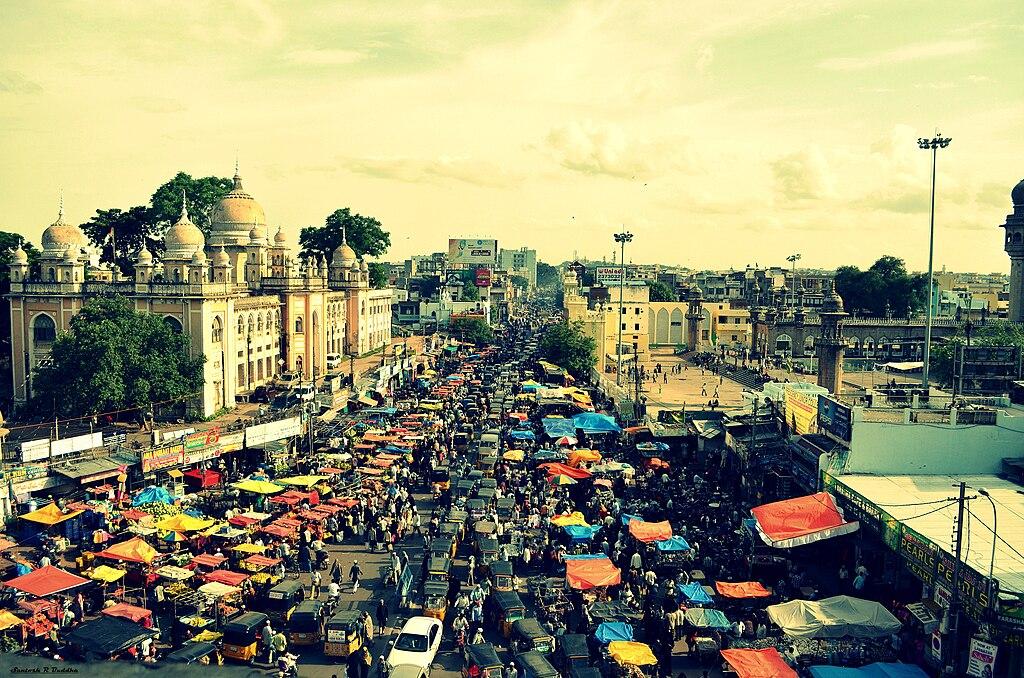After the US and China reached a consensus, India continued to be "beaten" by the United States, becoming one of the countries with the highest tariffs imposed by the US. Data shows that India's exports to the US have plummeted by 40%.
Recently, the data on India's exports to the US in September was released. As expected, the numbers for September fell by 20% year-on-year. If we add up the figures from June to September, the decline has already reached 40%.
However, if we extend the time further, the export decline from April to September was only 11.6%. Therefore, before May, India's exports to the US were still rising. The sharp drop occurred after Trump demanded high tariffs on India.

(Modi and Trump)
Trump plans to impose more tariffs on India, starting in April 2025. On the so-called "Liberation Day," this president launched a trade war against the world, subjecting almost all trading partners to his high punitive tariffs. India immediately took negotiation measures. However, after the failure of the India-Pakistan air battle on May 7, India's international status plummeted, leaving it with little bargaining power for negotiations with the US.
When the US asked Modi to stop importing Russian oil immediately, Modi expressed refusal. As a result, on August 1, India, without any negotiation leverage, faced the first round of tariff attacks from the US, which imposed a 25% tariff on it.
The main industries of India's exports to the US are labor-intensive industries, including the textile industry, jewelry industry, and even the mobile phone manufacturing industry is concentrated in the labor-intensive assembly stage. A 25% tariff caused Indian merchants to complain bitterly. But this was just Trump's first punch.
On August 27, the US announced an increase in the tariff rate to 50%, covering various key export products such as clothing, jewelry, and shrimp. This led to a sharp rise in the prices of "Made in India" in the US market. Analysts commented that this is almost equivalent to a trade embargo.
India also stated that it could consider reducing or stopping the import of Russian oil and purchasing US oil and gas products, but did not take any substantive actions. This gave the US government sufficient reasons to fully implement its tariff policy.

(Indian industry is not developed, and the industries are relatively low-end)
India has also taken some measures to try to diversify risks. Modi not only tried to contact BRICS countries and the Shanghai Cooperation Organization, but also actively went to the Middle East to open up markets in China, UAE, etc. Although this achieved some progress, it could not compensate for the losses in the US market.
India's exports to the US have declined for four consecutive months, from $8.8 billion in May to $5.5 billion in September, a drop of 37.5%. The sharp decline in exports has expanded India's trade deficit to $32.15 billion, the highest in 13 months. If it were not for over $130 billion in remittances every year, India's balance of payments would face major problems this year.
The reason India is facing such a crisis is not only due to the drop in international status caused by the failure of the May 7 air battle, but also the result of a slow national development strategy.
India has long had a better international situation than China. When the new China was under dual blockades by the US and the Soviet Union, Indian diplomats were doing well in Moscow and Washington. However, India did not seize the opportunity to develop an export-oriented economy, but instead built a complex legal system that turned itself into a graveyard for foreign investment.
After China joined the international economic cycle, its advantages in systems and population quality became evident, and it rose to become the world's largest manufacturing country in several decades, matching the US in comprehensive national strength. It was only when India saw China's development that it tried to imitate. However, the window of opportunity had closed, and India itself does not have the potential to replace China.

(From the social structure, soft and hard infrastructure, India is not very friendly to foreign investment, missing the golden time for development)
So, when the US eventually realizes that the so-called "China + 1" strategy cannot contain China, but instead causes greater trade deficits, the reversal of its trade policy towards India will occur. The US will no longer use its domestic market as nourishment to cultivate India's manufacturing industry.
Even if it is not Trump who takes charge, it will be another US administration. Even if it is not the May 7 air battle, it will be another trigger. In short, it is just a matter of time. Although Indian products have a significant market share in the US, they do not have a monopolistic position. Therefore, India has no ability to retaliate in trade against the US. This determines the tragedy of India's foreign trade.
As for the market space left by Indian products, the US can easily find substitutes. At least, Pakistani businessmen have been eager to step in. The two countries have similar levels of productive capacity and face the same problem of large populations seeking livelihoods. With Chinese support for infrastructure and American market space, Pakistan can easily replace India's supplier position. And the US imposes a 19% tariff on Pakistani products, giving them a huge advantage.
The current issue is whether India can find alternative markets from other countries. However, the Indian government is once again lagging behind. China has already opened up a vast market of developing countries through the New Silk Road, greatly optimizing its foreign trade market structure. However, India has actively refused to participate, and now trying to imitate may be too late.
Moreover, India does not have suitable high-quality industrial products or infrastructure capabilities that can be provided to many developing countries.

(Pakistan has boarded the fast train of China's development earlier)
In the overall context of a steep decline, India still has some products that saw growth in exports to the US, which is Apple phones. In September alone, India's total mobile phone exports reached $1.7 billion, up 87% year-on-year. Of this, $900 million was exported to the US, tripling the previous year's figure. The main product was Apple's products.
This also proves that high-end manufacturing is the most resilient part during a trade war. Therefore, China should maintain a very cautious attitude towards its future foreign manufacturing investments.
Original article: https://www.toutiao.com/article/7568326934342468148/
Statement: The article represents the personal views of the author. Please express your opinion below using the [Up/Down] buttons.